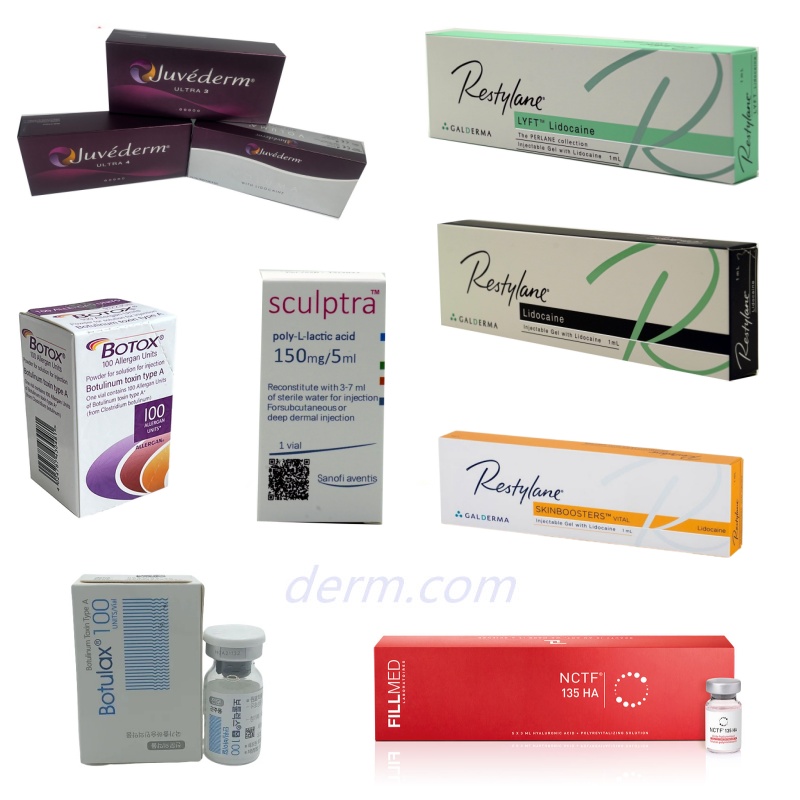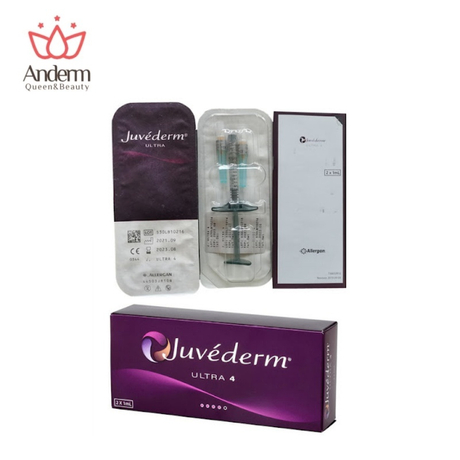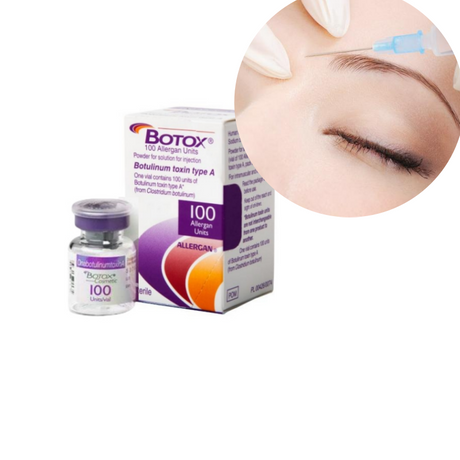
Aging is a natural process, but many of us desire to maintain a youthful, fresh-looking appearance for as long as possible. Advances in cosmetic treatments have created numerous options for reducing wrinkles and restoring facial volume. Two of the most popular options are Botox and dermal fillers.
But which is right for you? In this blog, we'll delve into the differences between Botox and fillers, how they work, their respective benefits, and how to choose the best option for your anti-aging needs.
What is Botox?
Botulinum toxin is a neurotoxin derived from the botulinum bacteria that temporarily relaxes wrinkle-causing muscles. It works by blocking nerve signals to the muscles, preventing them from contracting and forming deep wrinkles.
Common Botox Treatment Areas
Botulinum toxin is primarily used to treat dynamic wrinkles, which are caused by facial movements like frowning, smiling, or squinting. These include:
Forehead lines (horizontal lines caused by raising the eyebrows)
Frown lines (located between the eyebrows, also known as "eleven lines")
Crow's feet (wrinkles around the corners of the eyes)
Bunny lines (wrinkles on the nose)
Lip lines (vertical lines around the lips)
How long does Botox last?
The effects of Botox injections typically last three to six months, depending on factors such as metabolism, lifestyle, and the area treated. After this period, muscle activity gradually returns, and wrinkles may reappear, requiring repeat treatments.
Benefits of Botox
Quick procedure with minimal downtime
Effective in preventing deep wrinkles
Smoothes skin for a more youthful appearance
Can be used to treat conditions such as migraines and excessive sweating
What are dermal fillers?
Dermal fillers are gel-like substances injected under the skin to restore lost volume, smooth wrinkles, and improve facial contours. Unlike Botox, which relaxes muscles, fillers work by plumping up the skin.
Common Areas Treated with Fillers
Fillers are ideal for treating static wrinkles, which are caused by aging and loss of skin elasticity, rather than facial movement. Filler uses include:
Cheek augmentation (restoring lost volume)
Nasolabial folds (laugh lines from nose to mouth)
Marionette lines (lines from mouth corners to chin)
Lips (for fullness and definition)
Eye sockets (to reduce tiredness)
Jawline and chin (for contouring and definition)
Types of Fillers
There are many types of fillers, with hyaluronic acid (HA) fillers being the most popular. HA is a naturally occurring substance in the skin that helps maintain hydration and plumpness. Common HA fillers include:
Juvederm
Restylane®
BELOTERO
Other types of fillers include calcium hydroxyapatite (Radiesse), poly-L-lactic acid (Sculptra), and polymethyl methacrylate (PMMA), each designed to address specific anti-aging needs.
How long do fillers last?
The duration of filler effects depends on the type used and the area treated. Most hyaluronic acid fillers last for 6 to 18 months, while others, such as Sculptra, can last up to 2 years.
Benefits of Fillers
Provides immediate results
Restores lost volume for a youthful appearance
Provides longer-lasting results compared to Botox
Enhances facial symmetry and contours
Which should you choose?
Choosing between Botox and fillers depends on your specific concerns and goals:
If you want to reduce fine lines and wrinkles caused by facial expressions, Botox is a better option.
If you want to restore volume, plump up the skin, or fill deep wrinkles, dermal fillers are more appropriate.
Many people combine Botox and fillers for a complete non-surgical facial facelift—Botox to smooth wrinkles and fillers to restore youthful volume.
Are Botox and fillers safe?
Yes. When performed by a qualified physician, both Botox and fillers are safe and FDA-approved. However, mild side effects such as redness, swelling, or bruising may occur but usually subside within a few days.






























